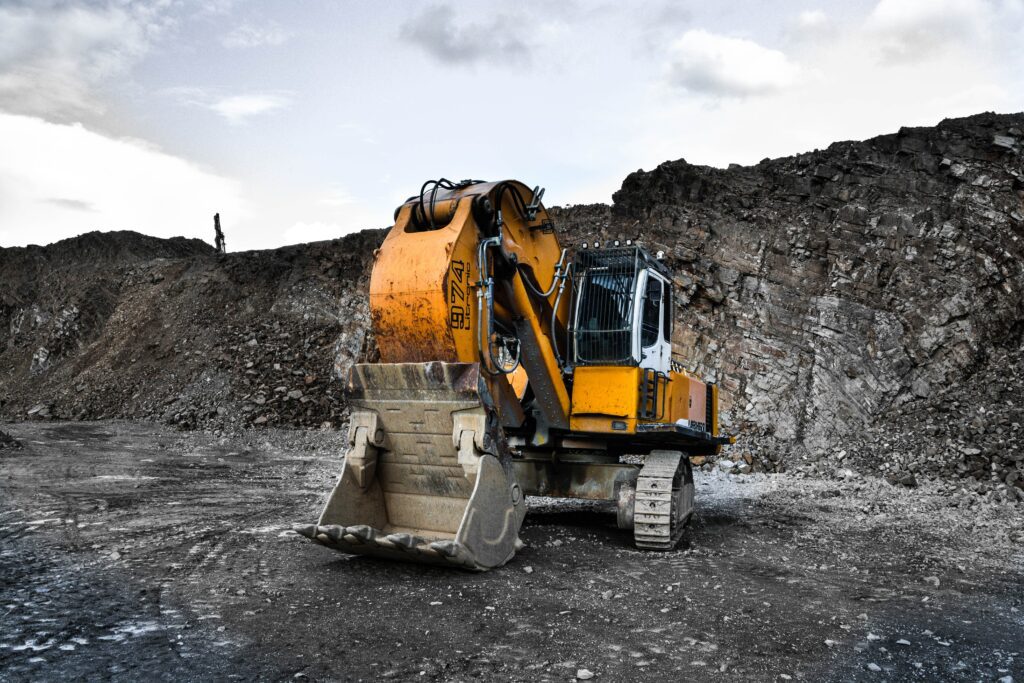For years, materials compliance requirements have been largely driven by the European Union’s End of Life Vehicles (ELV) Directive for automotive components. This requirement emerged in the early 2000s, necessitating the reporting of materials compliance data for components and materials used in parts within passenger vehicles.
With the ELV directive, many materials and components that were supplied by companies did not need to be reported because they were used in larger commercial and/or recreational vehicles such as boats, bulldozers, cranes and large trucks rather than in passenger vehicles. These companies are now starting to see requirements for materials disclosures from customers who purchase these components as the materials compliance world expands its focus beyond passenger vehicles.
After years of not having these requirements, non-automotive suppliers are now finding it challenging to undertake the large task of compiling data for compliance. And without an industry standard, the various methods and systems for collecting data can lead to even more complications. So how can suppliers and manufacturers meet the challenges of non-automotive materials compliance?
Why is Non-Automotive Materials Compliance Now Being Expected?
When the ELV Directive was introduced, it only applied to passenger vehicles. But when further legislation such as REACH, SCIP, WEEE/ROHS and Cal Prop 65 emerged, non-automotive suppliers began to fall into the scope of worldwide material content reporting requirements.
As a result, customers of non-automotive components and materials have realized that they are subject to global sanctions and liability since they have no way of knowing what hazardous substances are in the assemblies they sell in the EU and other markets. This means that they are now beginning to follow the example of the automotive industry, requiring their supply chains to enter material content data into various reporting formats for disclosure.
Why is Non-Automotive Materials Compliance So Challenging?
For the automotive industry, material content reporting was facilitated via a central repository — the International Material Data System (IMDS). This created a common tool for collecting and reporting materials data from the supply chain to the customers who needed it. Other industries, however, have not created a centralized approach and instead are relying upon a variety of tools.
These different approaches mean that suppliers in non-automotive industries may need to learn how to use different reporting tools for each customer, creating a higher labor burden. It also means that suppliers may not have an internally consistent way of collecting and rolling-up their own data. Instead, they may be relying on spreadsheets and other ad-hoc, imprecise ways of collecting data, meeting customer requirements, or even tracking their progress toward meeting those requirements.
This also means that customers in non-automotive industries can anticipate suppliers taking much longer to conform to the requirements. Training and understanding new reporting systems both take time. Suppliers may not even be able to provide any meaningful status updates on how far along they are in the reporting process. This means that forecasting deadlines is unpredictable. Even non-automotive companies who are using IMDS will face these challenges since their non-automotive suppliers within the supply chain will be unfamiliar with IMDS.
How to Meet These Challenges
The first step toward meeting the challenges of non-automotive materials compliance is to have clear communication within your supply chain. Make sure your suppliers understand what the reporting requirements are. Try to communicate in advance as much as possible because of the unpredictable timelines for supplier compliance as they learn new systems and understand the requirements.
It might also be beneficial for your company to look at long-term solutions that enable your supply chain to report to you in a timely manner. A compliance software solution can help your supply chain to report more efficiently and without the inaccuracies that can result from methods such as spreadsheets.
Read more here: How to Meet Materials Compliance Requirements for Non-Automotive Components.
Get Support
If you would like assistance on evaluating approaches for addressing your non-automotive materials compliance needs, contract Tetra Tech’s compliance experts today. Whether you need help evaluating possible software solutions or setting up reporting management systems for your data, our compliance professionals would be happy to discuss how we can assist you.






